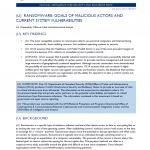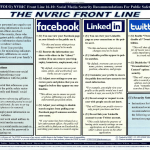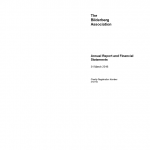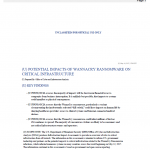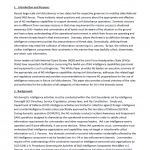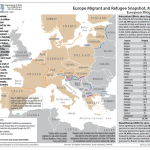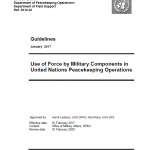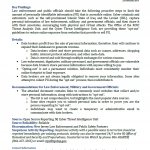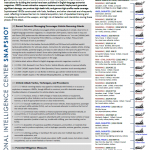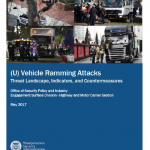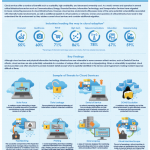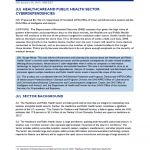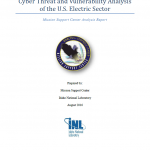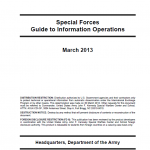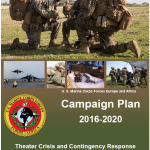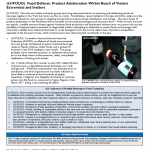
Terrorist and violent extremist groups have long expressed interest in poisoning and adulterating food and beverage supplies in the West but rarely use this as a tactic. Nonetheless, recent incidents in Europe and Africa underscore the continued interest by some groups in targeting food products at point-of-sale, distribution, and storage. The mere threat of product adulteration in the Homeland almost certainly would cause psychological and economic harm. While we have not seen any specific, credible terrorist threats against Homeland food production and distribution infrastructure, we cannot rule out the possibility of inspired violent extremists or disgruntled insiders attempting to adulterate or poison food and beverages with commonly available toxic industrial chemicals or crude biological toxins due to the relative ease of product manipulation, especially at the last point of sale, which criminal actors have demonstrated consistently in the past.

